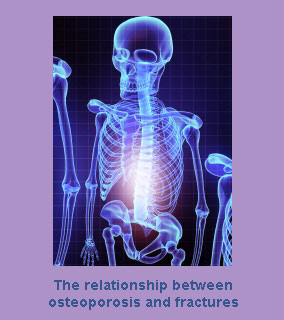
The study comprised 60,000 women above the age of 55 years and 4079 of them were British. Having interviewed all the participants, investigators claim that 90 per cent of women with fractures suffered more mobility problems, pain, anxiety or depression. It has been predicted that almost 40 percent of women aged above 50 years will suffer a fracture. Scientists estimate the hip, spine and wrist as the most common sites for fractures. Such fractures may normally lead to chronic pain, loss of independence, and in the case of hip fracture, an elevated risk of death.
Cyrus Cooper, professor of rheumatology at the Medical Research Council Lifecourse Epidemiology Unit, University of Southampton’s Faculty of Medicine, said, “Our study shows that the effects of fractures result in significant reductions in quality of life that are as lasting and as disabling as other chronic conditions. As important, the greater the number of fractures, the greater the disability. More needs to be done to identify and treat individuals at the highest risk of fractures.â€
It is known that with progression of age, the probability of fractures also increases. So the number of fractures seems to elevate as the population ages. A standardized index is apparently employed for measuring five dimensions of health. These dimensions possibly include mobility, self-care, usual activities, pain or discomfort, and anxiety or depression. The investigators examined health surveys for comparing the overall health status, physical function and vitality of study volunteers. The scrutiny possibly allowed authors to estimate health-related quality of life shared by these participants. It was discovered that spine, hip and upper leg fractures caused the highest reduction in quality of life.
The study was published online on 15 July 2010, in the Mayo Clinic Proceedings.
